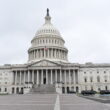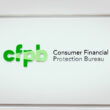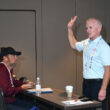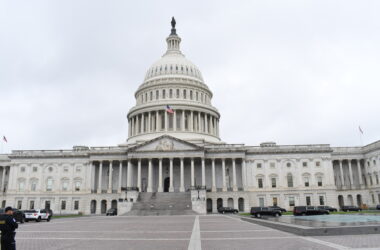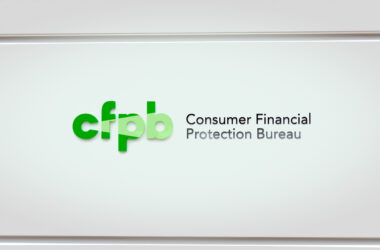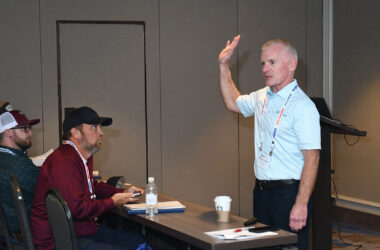Interest rates will continue to climb, as the Federal Reserve’s efforts to bring down inflation marches on.
The Federal Reserve announced Wednesday an increase of 25 basis points in the target rate for the federal funds. The new target range is 4.5 to 4.75 percent. It was the eighth rate increase in the past year and followed previous hikes of three-quarters and half a point.
The smaller increase followed positive economic news on inflation, falling from a high of 9 percent in June to 5 percent in the most recent numbers. The Fed’s target rate is 2 percent.
“We were at the highest inflation in 40 years and the job is not done,”
Jerome Powell, U.S. Federal Reserve Chair
“We were at the highest inflation in 40 years and the job is not done,” said U.S. Federal Reserve Chair Jerome Powell.
“We’re going to be cautious in declaring victory. We have a long ways to go. But we’re now in a time of disinflation. It will take time to meet our goals.”
Powell and the Federal Open Market Committee signaled even more rate hikes may be necessary to combat ongoing inflation. The committee issued a forecast in December expecting rates to top out at 5 percent. The group will update that forecast in March.
“To expect ongoing hikes would be appropriate,” Powell said.
The committee also expects to hold the restrictive rates in place longer.
“To expect ongoing hikes would be appropriate.”
Jerome Powell, U.S. Federal Reserve Chair
“It would not be appropriate to expect us to cut rates this year,” Powell said.
The Fed has raised rates by 450 basis points in the past year. Powell said the economy is showing signs of the efforts to combat inflation starting to work.
“It takes time to see the full effects,” Powell said. “With the 25 basis points increase, it was a step down and shift to a slower pace to evaluate our efforts toward our goal.”
The core inflation rates were below 5 percent, as Powell noted improvements in supply chains helping to correct prices in areas of the economy.
“The challenge for the Fed is to not go too far. We’ll be working with our contacts to continue to monitor the economy,” said Jeremy Beck, NIADA Vice President of Dealer Development. “The good news is the labor market continues to be strong, which is a sign of how the economy is truly doing.”
The labor market continued to be strong. Unemployment remains near a record low, with job vacancies outpacing unemployment. There is also reasonable job growth.
“Disinflation has not come at the expense of a strong labor market,” Powell said. “Unemployment remains near a 50-year low and job vacancies are high.
Even before the latest hike from the Fed, auto finance rates have continued to climb. According to Cox Automotive’s January report, the average used rate up to 12.88 percent. Rates are up 52 basis points this year and 348 in the past year, driving payments up by 10 percent.
“For used car dealers, while rates are increasing, they are starting to steady,” Beck said. “As car dealers we can now start to predict affordability for our customers to put them in the right vehicle and also manage our capital resources.”
According to Experian’s third quarter numbers, the average used vehicle monthly payment was $525 on a $28,506 note with a 68-month term.


